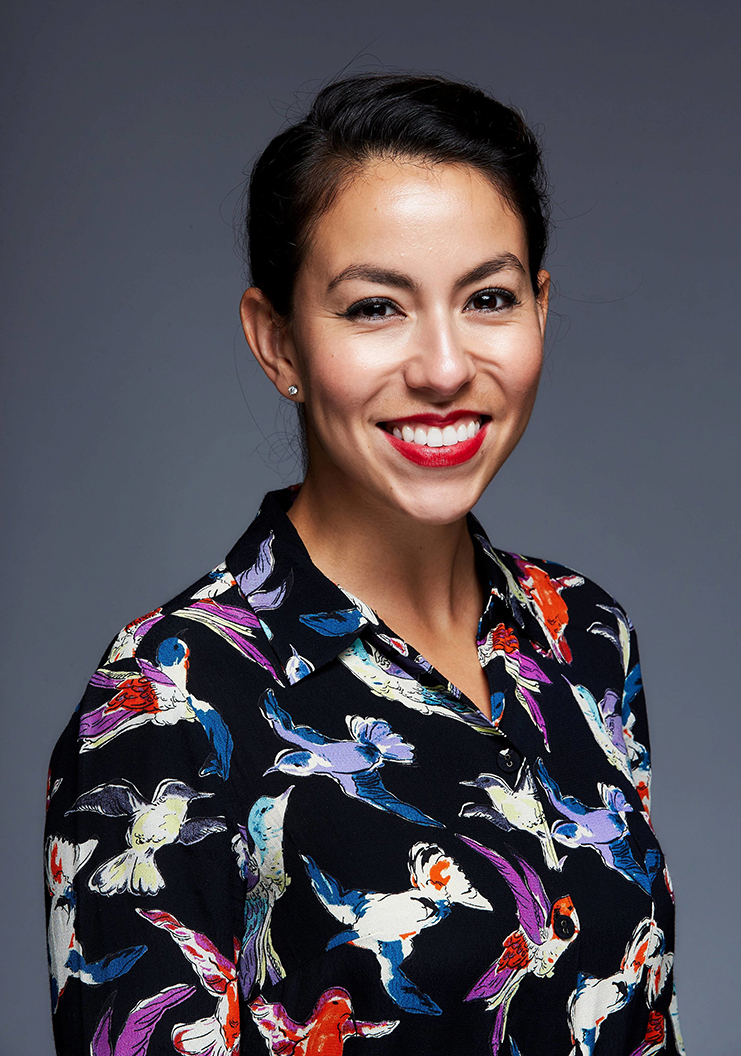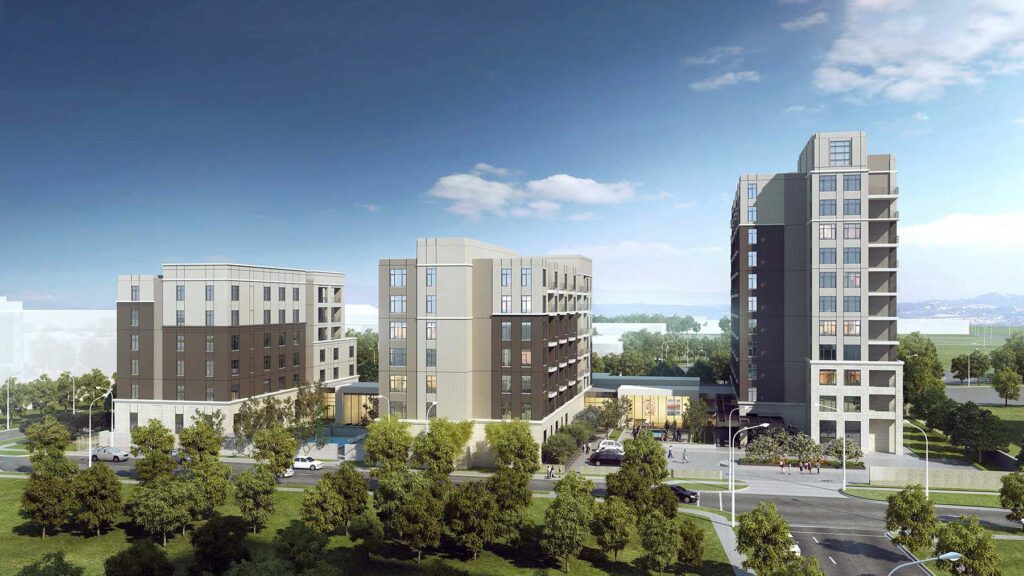By Sandi Schwartz

Have you ever stopped to gaze at the Austin skyline and wondered what went into creating all those impressive buildings? Recently named the greenest city in America by Architectural Digest, Austin is known for its innovation when it comes to architectural design and sustainability. In fact, the city is the birthplace of the U.S. Green Business Council’s Leadership in Energy and Environmental Design (LEED) program, the most widely used green building rating system in the world.
One of the key players working on sustainable architecture in Austin and beyond is Gaby Mier. This native Texan lives and breathes the creation of healthy, sustainable buildings. Mier is currently the director of business development at Glumac, a global building design consulting firm with an office in Austin focused on creating sustainable, resilient buildings that provide healthy, productive and equitable spaces for all communities. She recently completed a master’s degree in sustainable design and has been in the Architecture, Construction and Engineering (ACE) industry for over 15 years.
Designing buildings at the intersection of sustainability and human health is her passion. She was one of the early adopters of the LEED program and has always prioritized the environment in her work. “I have sought to be involved in the future of design that builds healthier buildings and healthier people,” she explains. “My job is to promote and sell services to those looking to focus on highly sustainable projects. We are sustainable engineers and create buildings that will be LEED Platinum, the highest level possible.”
Gaby Mier Believes in Sustainable Architecture
Mier believes that issues like climate change, air pollution and waste reduction being top of mind makes sustainable architecture and construction more important now than ever. Additionally, the Inflation Reduction Act of 2022 calls for making energy efficiency and clean energy increasingly more cost-effective. “These issues are driving new conversations in and around sustainability and, I argue, responsible design,” she notes.
What makes Mier’s work particularly unique is her focus on health and wellbeing. “Building sustainable spaces improves the overall health of people. It’s all about how you make them feel and how they react to the space you are designing.” She does this by going beyond the five senses to determine how to affect people’s physiological responses to a building.
There is currently very little research on this topic, but she is leading the effort. Her recent master’s thesis won commendations for addressing why humans respond to and perform better in certain environments, and how designers can utilize some of those reactions for the better. Her design guidelines and principles are currently being used to “grade” existing spaces based on nine senses taught in the Montessori system: sight (visual), touch (tactile), hearing (auditory/acoustic), smell (olfactory), taste (gustatory), thermic (temperature, related to tactile), baric (weight), stereognostic (tactile and muscular in the absence of sight or sound) and proprioception (movement and posture). “I hope my work will help continue the conversation around humans, sustainability and how intertwined they both are beyond our current understanding. I consider this movement to be about the design standards for the human experience to create newer, emotionally and physically healthy spaces in the built environment.”

Glumac Austin’s
Austin Domain Senior Living project
This high-rise senior living project includes three residential towers located above a common podium and a 180 space underground parking garage.
Heat pump fan coil units bringing in outside air from a rooftop dedicated outdoor air system serves each unit. Lighting systems also incorporated daylight harvesting and the use of wireless controls.
- 341,994 square feet
- Start Date/End Date: February 2015 / Est. October 2019
- Architect: Perkins Eastman
Mier has also committed to boosting women in the architectural field. She is an active member of the Women in Architecture Committee through the American Institute of Architects Austin Chapter. “This industry is very traditional, and most big firms still have that imbalance on their board. For me, it’s important to be part of women getting more involved in this field.”
She points out that women make up just over 35% of the professionals in the ACE industry but hold only about 10% to 15% of the leadership roles. As someone who worked and pursued a master’s degree while pregnant, focusing on women’s issues is very close to her heart. “We assume the way things are will be like that forever,” she states. “But we are starting to see opportunities for growth and the potential for a leadership seat at the table. “This is important to me because I have a young daughter. I want to tell her I was part of the change.”

